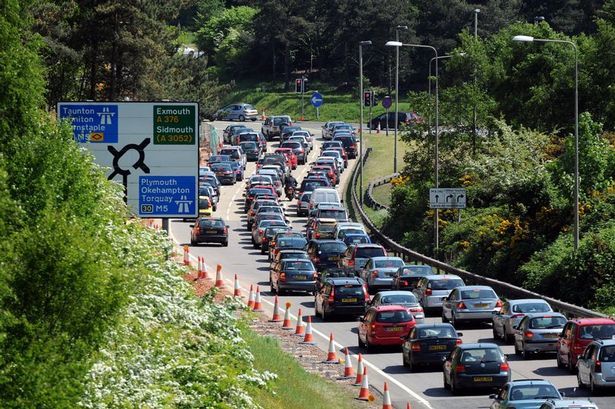
Work will start next month at the Moor Lane Roundabout.
Highways England have confirmed they will be investing £620,000 into the scheme which will deliver extra lanes on the southern approach to the roundabout and improve local road access from the A30.
The improvements will reduce queuing at peak times in the area, especially on the M5 junction 29 exit slip roads, and improve journey times.
It comes as the Exeter Transport Strategy 2020-2030 has just been put out for consultation, with the strategy aiming to provide a sustainable transport system which supports continued growth in the city but also enhances the environment for residents, pedestrians and cyclists, and to tackle the challenge that around 50 per cent of people that work in Exeter commute in from outside the city.
The strategy outlines that as the city of Exeter is built upon a historic road network, has limited crossings over the River Exe and has limited scope for additional widening / capacity improvements, building extra highway capacity is not possible within the city and so alternative solutions have to be found. The existing transport networks are at capacity in peak times.
Some of the actions in the strategy include doubling the number of Park & Ride spaces serving the city with Park & Ride sites on all key routes into the city, improving the quality and frequency of train and bus services into Exeter, as well as improving capacity on the M5 and the A3052/A376 approach around Clyst St Mary.
MOOR LANE ROUNDABOUT
The £2.23 million scheme is being delivered by Devon County Council and is also being supported by the Department for Transport’s National Productivity Investment Fund (NPIF) which is providing £858,000 in funding, with a further £750,000 coming from the private sector.
Work is expected to start in February 2019 and continue until August 2019 and will complement the recently delivered Tithe Barn improvement scheme, which included a 60-metre span pedestrian and cycle bridge.
Cllr Andrea Davis, Devon County Council Cabinet Member with responsibility for Infrastructure and Development, said: “Increasing the capacity at Moor Lane roundabout is a positive investment in our local infrastructure which supports Devon’s continuing economic growth. It will help city-bound commuters on the A30 in the mornings and will ease congestion problems for people leaving Sowton Industrial Estate in the evenings.
“The eastern edge of the city will benefit from over £15 million of transport investment over the next three years. These improvements will upgrade transport links while providing access to planned new homes and employment land.”
Steve Hindley, Chair of the Heart of the South West Local Enterprise Partnership, added: “This scheme will help support the dynamic growth of both employment and housing East of Exeter, including the Science Park, Skypark and the new community of Cranbrook. Reducing congestion is crucial in continuing to attract investment in our businesses.”
It will also help unlock plans to build 1,870 new homes – and enable 370 homes in Cranbrook and Hill Barton to be built earlier than anticipated.
HOW DO PEOPLE TRAVEL INTO EXETER?
The draft Exeter Transport Strategy says the majority of Exeter residents now travel to work by using sustainable modes of transport with only 40 per cent using their cars.
But the strategy has to tackle the challenge that around 50 per cent of people that work in Exeter commute in from outside the city, with 80 per cent of trips made by car, rising to 90 per cent in rural areas.
It adds that the number of jobs in the Sowton area of the city equals the number in the city centre – around 20,000 – but twice as many car movements are made around Sowton.
The strategy says that as Newton Abbot, Tiverton, Cullompton and Honiton will experience significant growth and the new town of Cranbrook will grow, additional travel demand within these towns and towards Exeter will need to be accommodated, as will travel towards significant new sites in East Devon, including the Skypark and Science Park, and further expansion along the M5 corridor, which are more of a challenge as they lack the amenities of the city centre and lack public transport services.
WHAT CANNOT BE DONE?
Some additional capacity can be provided on key inter-urban routes with the aim of improving route choice around Exeter. But as Exeter is built upon a historic road network, has limited crossings of the River Exe and has limited scope for additional widening, increasing highway capacity is not possible within the city.
WHAT DOES THE STRATEGY INCLUDE?
The strategy includes:
- At least one train every 30 minutes on rail lines into Exeter as part of the Devon Metro
- Enhanced bus services into Exeter, with 15 minute frequency from Cranbrook, Crediton, Cullompton and Newton Abbot
- Improvements to the M29 down to Splatford Split in both directions to enhance capacity, resilience and to relieve pressure on the roads
- To enhance the A3052/A76 corridor around Clyst St Mary heading towards Exeter
- A park and ride facility at Alphington Road, on the A377 to Crediton, the B3181 to Broadclyst and around the A376/A3052
- Increase cross-city park and ride services to improve linkages to all employment sites on the edge of the city
- Have a comprehensive citywide Exeter cycle network, with a citywide bike hire scheme and improve pedestrian corridors to include new river and main road crossings
- Incentive uptake of greener technology and to reduce pollution in the city centre
- Roll out of modern, cleaner vehicles with WiFi to enable productive travel on buses as well as on trains.
- Refine and optimise bus routes with enhanced priority on Heavitree Road, Pinhoe Road and Cowick Street
- Introducing a new single ticketing platform (similar to an Oyster card) for multi-modal travel in Exeter
- Retaining and enhance strategic road, rail and air connectivity with the rest of the country and overseas
- For 50 per cent of trips starting within Exeter to be made on foot or by bike. Introduce a single ticket scheme (similar to an Oyster card) and increase shared mobility travel choices, such as car clubs and cycle hire
- Use technological advancements to better understand, operate and effectively manage transport networks with possible innovative car parking strategies to encourage longer stays in off peak hours and in the evening
Cllr Stuart Hughes, Devon County Council Cabinet Member for Highway Management, said: “The ongoing growth of the economy in Exeter is a success story but it presents challenges for the transport network in the city. We need to find new ways to keep the network moving so that Exeter continues to be an attractive place to live, work, study or visit.”
Karime Hassan, Chief Executive and Growth Director at Exeter City Council, said: “We aim to make Exeter a city where active travel is promoted, and transport is not a barrier to accessing education, jobs, services or social activities.
“Our Corporate Strategy prioritises the need to tackle congestion and increase accessibility and the Exeter Transport Strategy sits squarely within these stated objectives. We wholeheartedly support it.”
Comments received during the consultation, which continues until Thursday, February 28, will help inform the Exeter Transport Strategy and action plan which will be taken before Devon County Council’s Cabinet in the Summer.
WHAT HAS ALREADY BEEN DONE?
Devon County Council has helped deliver around £80 million of new transport infrastructure in the Exeter and East Devon Growth Point area since 2011.
This has included junction upgrades at Junction 29 of the M5 motorway and A379 Sandy Park; new roads such as the Tithebarn Link Road and Clyst Honiton Bypass which have unlocked major housing developments to the east of the city; road widening at Bridge Road; strategic cycling infrastructure such as Redhayes Bridge over the M5, the E4 cycle route and completion of the Exe Estuary Trail. There has also been continued roll-out of Co-Cars car clubs, Co-bikes electric bike hire; new rail stations at Cranbrook and Newcourt in Exeter; and improved bus services East of Exeter.
It comes as Exeter College, the University of Exeter and Devon County Council have confirmed membership of Exeter City Future’s Community Interest Company board alongside Exeter City Council and Global City Futures.
Liz O’Driscoll, Programme Director, Exeter City Futures, said: “We are thrilled to have some of the biggest employers in Exeter join us on this journey and become a member of the Exeter City Futures CIC. We believe it is crucial that the heads of these key Exeter organisations come together in this formal way to demonstrate a city-wide commitment to creating a better Exeter.”
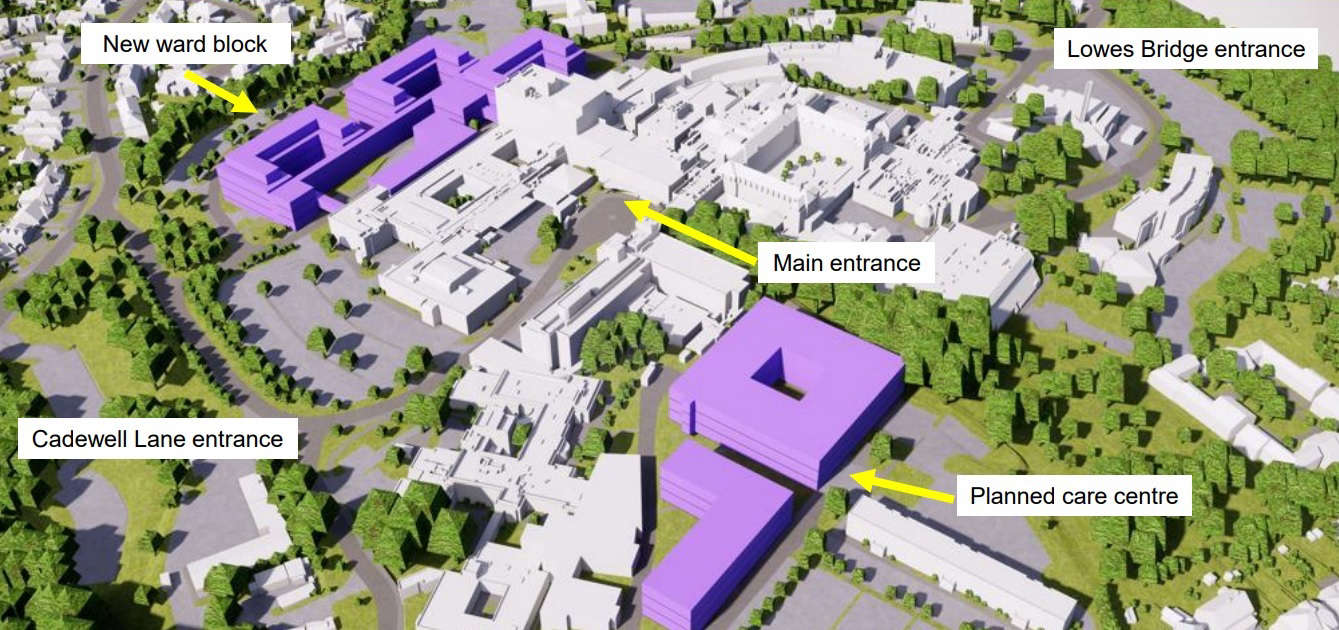 How Torbay Hospital bosses are tackling 'risks'
How Torbay Hospital bosses are tackling 'risks'
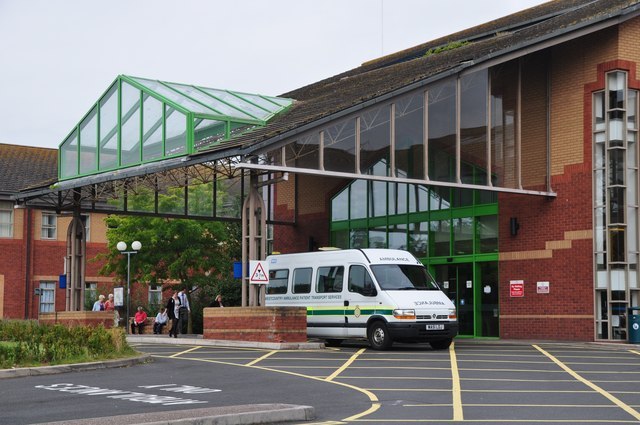 RD&E and North Devon hospital waiting times slashed
RD&E and North Devon hospital waiting times slashed
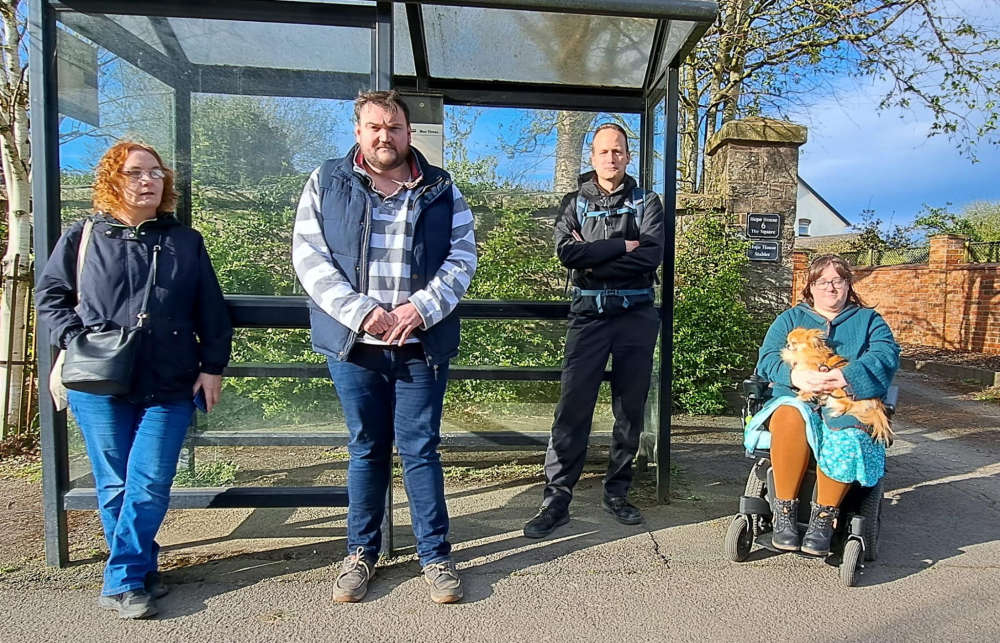 Bus service changes leave villagers in North Devon stranded
Bus service changes leave villagers in North Devon stranded
 Demand for action over Teign sewage spills
Demand for action over Teign sewage spills
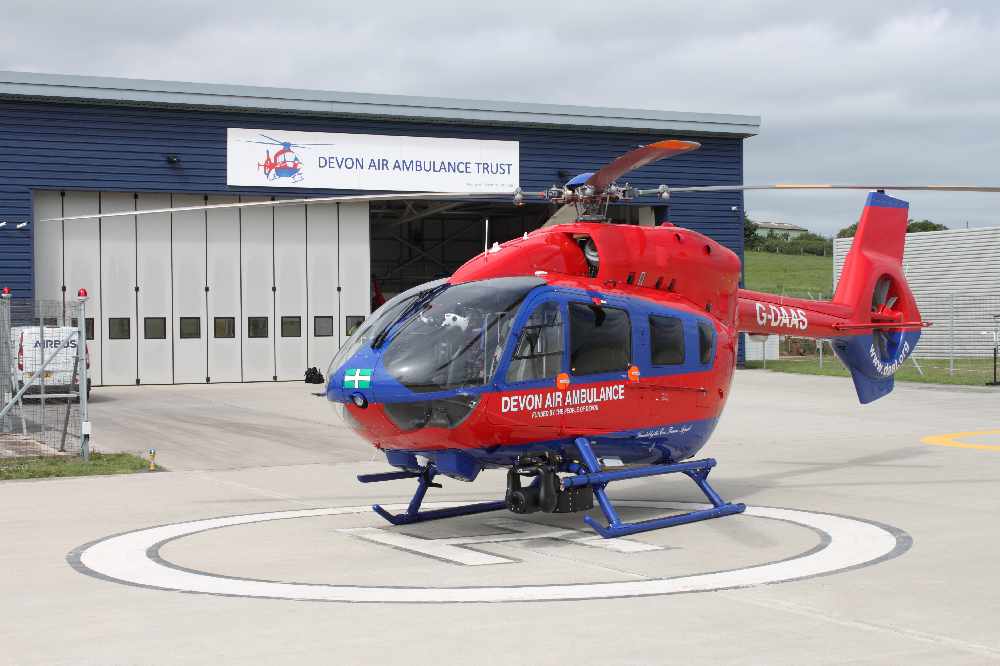 Cyclist critically injured in Sidmouth
Cyclist critically injured in Sidmouth
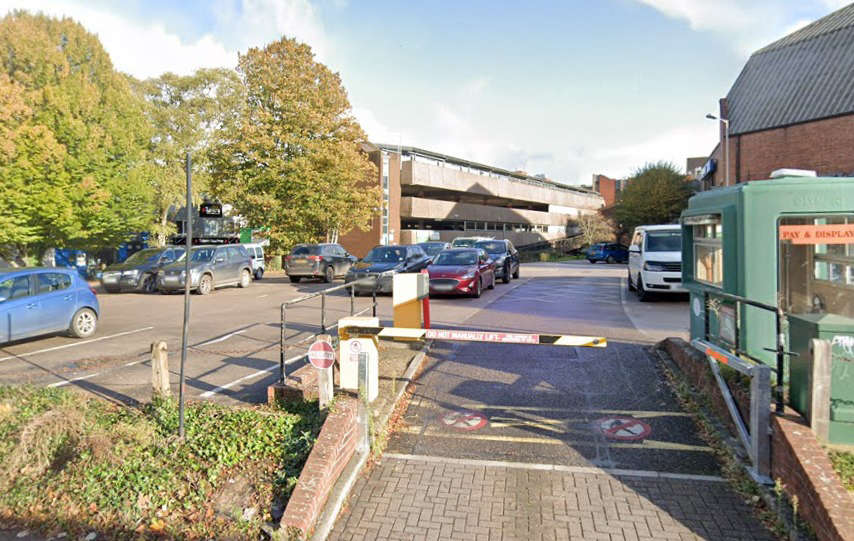 Council owed £4 million by its own housing company
Council owed £4 million by its own housing company
